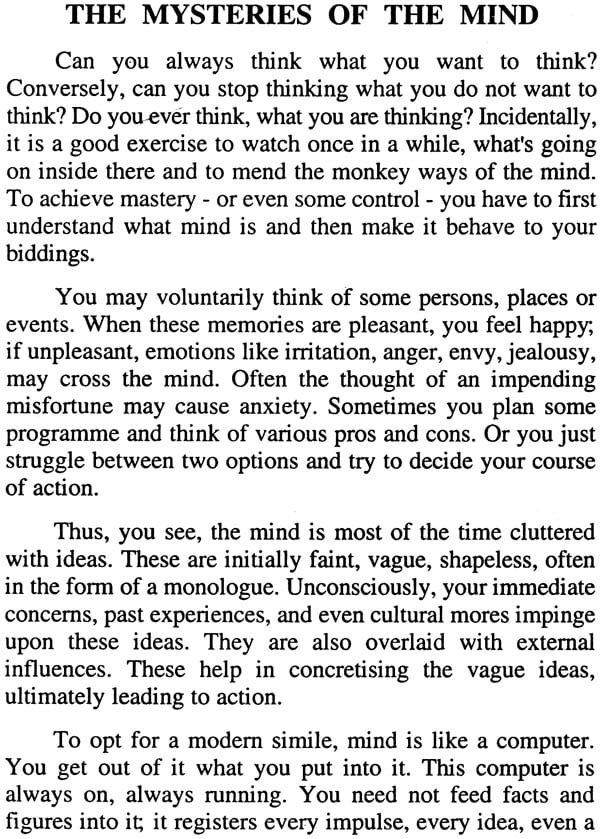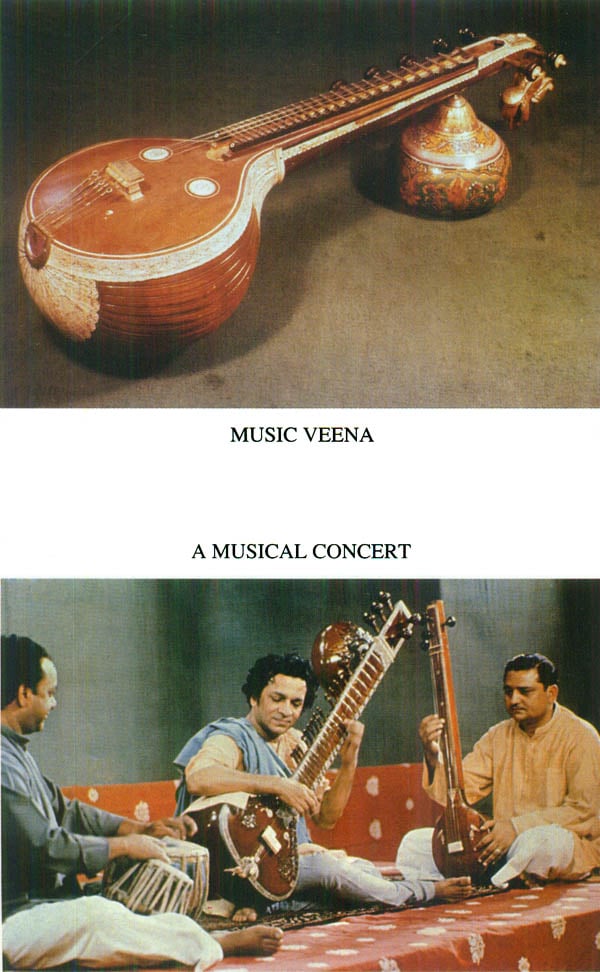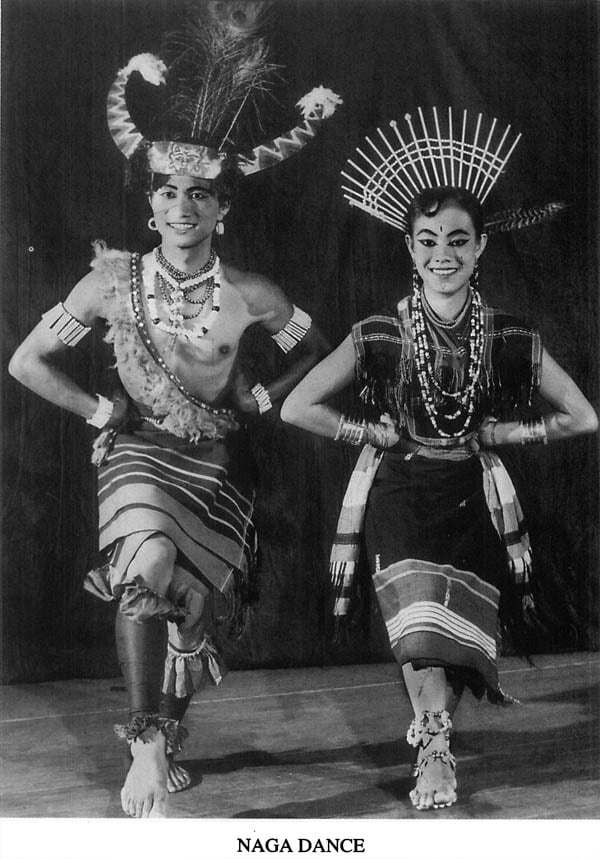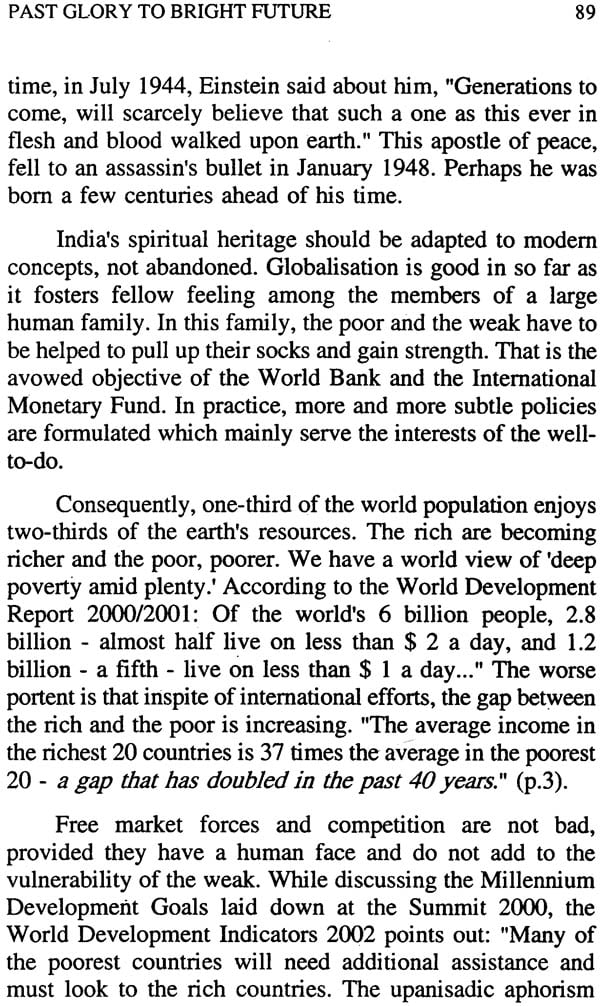
Indian Heritage
Book Specification
| Item Code: | IDI004 |
| Author: | Dr Baldeo Sahai |
| Publisher: | Publications Division, Government of India |
| Language: | English |
| Edition: | 2005 |
| ISBN: | 812301158X |
| Pages: | 100 (Illustrated in Color and B&W) |
| Cover: | Hardcover |
| Other Details | 8.5" X 5.5" |
| Weight | 240 gm |
Book Description
About the Book:
The book vividly describes the outgoing approach of the Indians in the past and their Interaction with different countries and peoples - and their scholarship. In the process, it demolishes several myths associated with the historical Indian way of life. The reality will prove to be an eye-opener to people living outside the country and desirous of knowing the role of India in the growth of human mind and world civilization. Nearer home, the book will help in promoting enlightened citizenship.
About the Author:
The author Dr. Baldeo Sahai, a former Indian Information Service officer, who earned his Doctorate in History from the Netherlands, has to his credit about a dozen books in English and Hindi. He is also the founder-President of the Upanisad Society.
Preface:
The ancient annals of India lie buried in the hoary past. The 'history' of history has gone through various phases. Trouble arises when we judge the history as written today with the way it was recorded earlier. It is also probable that the current approach to history undergoes a change which, in future, might concentrate more on the development of 'Ideas' than of events.
The Vedas form the bedrock of Indian culture,. In Vedic literature, history is described as the narration of happenings in a manner that encourages practice of ethical values. The Puranas which record the genealogy of earlier Indian kings reflect that approach. So do the great epics of the Ramayana and Mahabharata.. Thus, ancient Indian history does not merely mention the events as they occurred, but also interprets them in a way so as to achieve the basic moral objectives of life.
These objectives revolve around encouraging peace and brotherhood of man, governed by a universal law. The Vedantic philosophy highlights that unity and is epitomized in the observation : Vasudaiva Kutumbakam, that is, the entire earth is one family Science lends support to this view. The well-known cell biologist - Nobel Laureate J. A. V. Butler points out that living beings are very similarly constructed and all living things, from amoeba to man, are one family.
The seven chapters of the book, like the seven colours of a rainbow, blend into each other showing various facets of Indian heritage. That heritage is like a charming tapestry woven with various strands. It is dominated by the exploration of the 'inner world' and an entire chapter is devoted to the nature and control of mind.
Indians of yore excelled in many scientific disciplines. They gave to the world the concept of decimal place-value notation and zero. This immensely facilitated further efflorescence of science. The painted pottery and an analytical study of the properties of plants and herbs, speak volumes about their knowledge of chemistry. It shows that while concentrating upon the inner-world, they did not ignore the external. They were no kill joys and reveled in the beauty of life in a disciplined manner.
There were rsis (saints) as also rasiks (art-lovers). They built beautiful houses of God, and also sculpted human figures on the temples of Khajuraho and Konark. In Indian music, there are solemn notes of Dhrupad as well as imaginative elaboration of bol-taans (note-patterns) in Khyal and hao-bhao-ki-thumri. This heritage displays a holistic approach to life, a harmonious symphony of the sublime and the sensuous, spiritual and material, heaven and earth.
My sincere thanks to His Excellency Shri T. N. Chaturvedi (former Comptroller & Auditor-General of India and Rajya Sabha Member and presently the Governor of Karnataka) for having conceded to write the Foreword.
I am beholden to saints and sages, and Indian and foreign authors from whose works I have benefited. Above all, I bow to my late parents who inculcated love for learning in me and made me an humble student all my life. I thank all my relatives and friends, my son Yogi (Yogendra Sahai), and my daughters Rani, Rashmi, Beena and Promila for offering useful suggestions in writing the book from time to time. My thanks to my wife Pushpa for putting up with long lonely hours.
I thank the Publications Division, especially its Director, Shri Umakant Mishra, who promptly undertook to publish the book.
Foreword:
I have known Dr. Baldeo Sahai for more than two decades or so. He is an erudite scholar having wide-ranging interests. He retired as a senior member of the Indian Information Service, Government of India. While serving on various positions in the Government, he not only discharged his responsibilities with all credit but also devoted himself to his other literary and spiritual preoccupations. He has written on a large number of subjects. His forte has been especially in the area of public relations and changing facets of media and communication.
Dr. Baldeo Sahai has to his credit about a dozen books, both in Hindi and English. I have been particularly impressed by his pioneering and authentic work on Indian Shipping published under the auspices of the Government of India under the Fellowship of Indian National Science Academy. His two philosophical expositions- Jeene Ki Kala and Anand Ki Khoj-Upanishadon Ke Adhar Per, are also quite thoughtful and intellectually stimulating.
Dr. Sahai is a profound student of history and ancient Indian heritage. That is what makes his new book on Indian Culture very interesting. While trying to depict the civilizational and cultural history, Dr. Sahai has demolished many myths hat have been created, during the last two hundred years or so. He points out that Indian way of life took interest as much in material progress and welfare as in the realization of the self and spiritual progress. The four 'purusharthas' mentioned in our scriptures well authenticate this approach.
He has vividly described the outgoing approach of Indians in the past and their interaction with and impact on different countries and their people and their scholarship. Dr. Baldeo Sahai has narrated the growth and evolution of Indian culture and civilization lucidly in simple language but with scholarly underpinnings. I have no doubt it will be of interest to people outside the country who are desirous of knowing the role of India in the growth of human mind and world civilization. It deserves to be popular among concerned citizens in the country and specially to our students, young men and women.
I commend this laudable effort of Dr. Baldeo Sahai with the hope that it will have its due recognition among the people who want to promote enlightened citizenship in India.
Raj Bhavan
Bangalore
December 9, 2003
T. N. CHATURVEDI
| 1. | The Relevance of India | 1 |
| 2. | Upanisads Can Transform Society | 15 |
| 3. | The Mysteries of The Mind | 26 |
| 4. | Science in India | 40 |
| 5. | Indian Astronomy | 54 |
| 6. | Indian Art | 61 |
| 7. | Past Glory to Bright Future | 75 |









